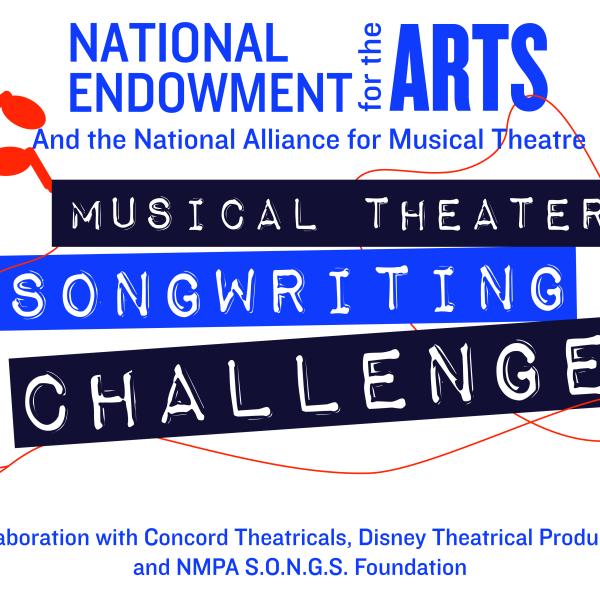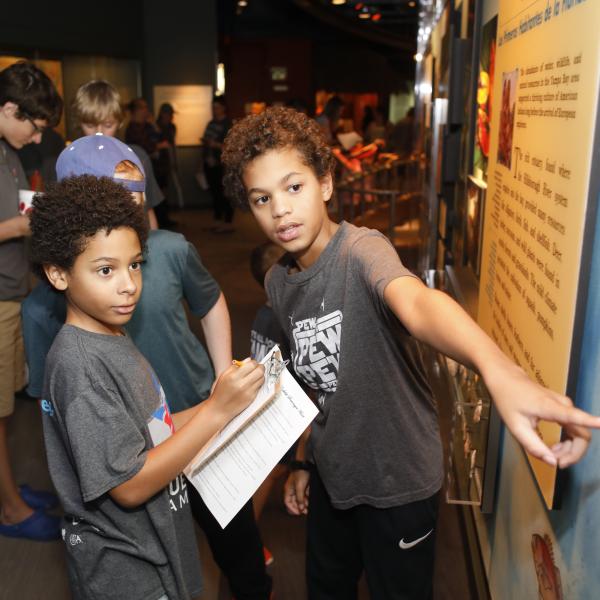During Economic Highs and Lows, the Arts Are Key Segment of U.S. Economy

Washington, DC—According to the latest data issued today by the Bureau of Economic Analysis and the National Endowment for the Arts, the arts remain a vital component of the U.S. economy. As the United States navigates a time of economic uncertainty due to the spread of COVID-19, it is important to recognize and champion the economic contributions of the arts to all 50 states, the U.S. territories, and the nation as a whole.
The sixth edition of the Arts and Cultural Production Satellite Account (ACPSA) finds that arts and culture contributed $877.8 billion, or 4.5 percent, to the nation’s gross domestic product (GDP) in 2017. That same year, there were over 5 million wage‐and‐salary workers employed in the arts and cultural sector, earning a total of $405 billion. Complete national findings are available including an interactive infographic and data tables.
The ACPSA tracks the annual economic impact of arts and cultural production from 35 industries, both commercial and nonprofit. The 35 industries that are tracked range from architectural services to sound recording and are considered a distinct sector of the nation’s economy. With the outbreak of COVID-19, many arts organizations and venues—theaters, concert halls, museums, studios, festivals, and galleries—have shut their doors until further notice from public health officials.
“Earned income accounts for a substantial share of the bottom line of most nonprofit arts organizations,” Sunil Iyengar, director of Research & Analysis at the Arts Endowment, said. “During economic downturns, the sector is acutely vulnerable—in terms of earned income, but also in fundraising. Given the lean operating budgets of such organizations, these losses can have an outsized impact, leading to fewer jobs in arts industries, and in the businesses that supply them.”
Key National Findings
As arts venues close, it will be important to monitor the impact on ticket sales.
- In 2017, consumers spent $26.5 billion on admissions to performing arts events, including $17 billion on theater/musical theater/opera performances and $3.7 billion on music groups and artists (e.g., jazz, rock, and country music performances).
Arts industries that contribute the most value to the nation’s GDP are also highly reactive to swings in business cycles including:
- Performing arts companies
- Independent artists, writers, and performers
- Arts‐related retail trade (for example museum stores and art galleries)
Even as the sector continues to respond to market forces, it is worth noting that arts and culture contribute significantly to the U.S. economy.
The arts and cultural sector add more to the economy than do construction and transportation/warehousing combined.
- The value added by arts and culture to the U.S. economy is five times greater than the value from the agricultural sector.
- Arts and culture added more to the U.S. economy than construction and transportation/warehousing by $87 billion and $265 billion respectively.
Arts and culture generate a widening trade surplus. From 2006 to 2017, this surplus grew 9‐fold, to more than $25 billion.
- In 2017 alone, the U.S. exported nearly $30 billion more in arts and cultural goods and services than it imported.
The sector has shown capacity for rapid growth.
- Between 2015 and 2017, the arts and cultural sector grew at more than twice the rate of the total U.S. economy—at nearly 4.45 percent, in terms of annual average growth rate.
- Among high-growth arts industries are performing arts presenters, arts-related construction, and publishing. Arts-related web publishing and streaming grew by 29 percent.
Key State Findings
On a state level, the arts and cultural sector added $72.8 billion to the economies of rural states—i.e., states in which 30 percent or more of the population live in rural areas, equaling 18 states.
Six states significantly surpassed the average national growth rate of 5.6 percent for the period 2015-2017: Washington, California, Nevada, Utah, Georgia, and Massachusetts.
United States $877,809 5.6%
Washington $44,303 13.7%
California $230,298 9.9%
Nevada $8,738 9.4%
Utah $7,214 8.6%
Georgia $24,407 7.6%
Massachusetts $25,805 7.2%
- Arts-related retail trade contributed considerably to the growth in Washington’s arts economy,
- Arts-based web publishing and streaming added to California’s arts production.
- Georgia witnessed growth in its motion picture and video industries.
- Utah gained in value added by the state’s performing arts companies.
- Economic value from the construction of new arts and cultural structures spiked in Massachusetts
Complete state findings are available also. In addition, through an award from the Arts Endowment, the National Assembly of State Arts Agencies (NASAA) has produced an interactive dashboard that allows users to explore key information for individual states.
About the National Endowment for the Arts
Established by Congress in 1965, the National Endowment for the Arts is the independent federal agency whose funding and support gives Americans the opportunity to participate in the arts, exercise their imaginations, and develop their creative capacities. Through partnerships with state arts agencies, local leaders, other federal agencies, and the philanthropic sector, the Arts Endowment supports arts learning, affirms and celebrates America’s rich and diverse cultural heritage, and extends its work to promote equal access to the arts in every community across America. Visit arts.gov to learn more.
Contact
Victoria Hutter, hutterv@arts.gov, 202-227-1071




